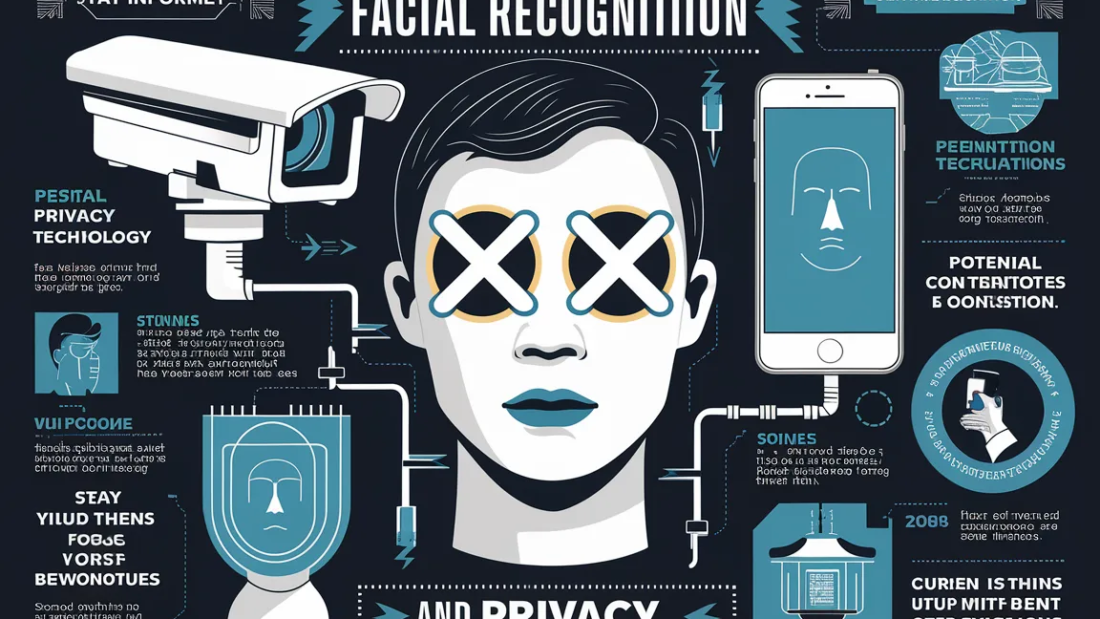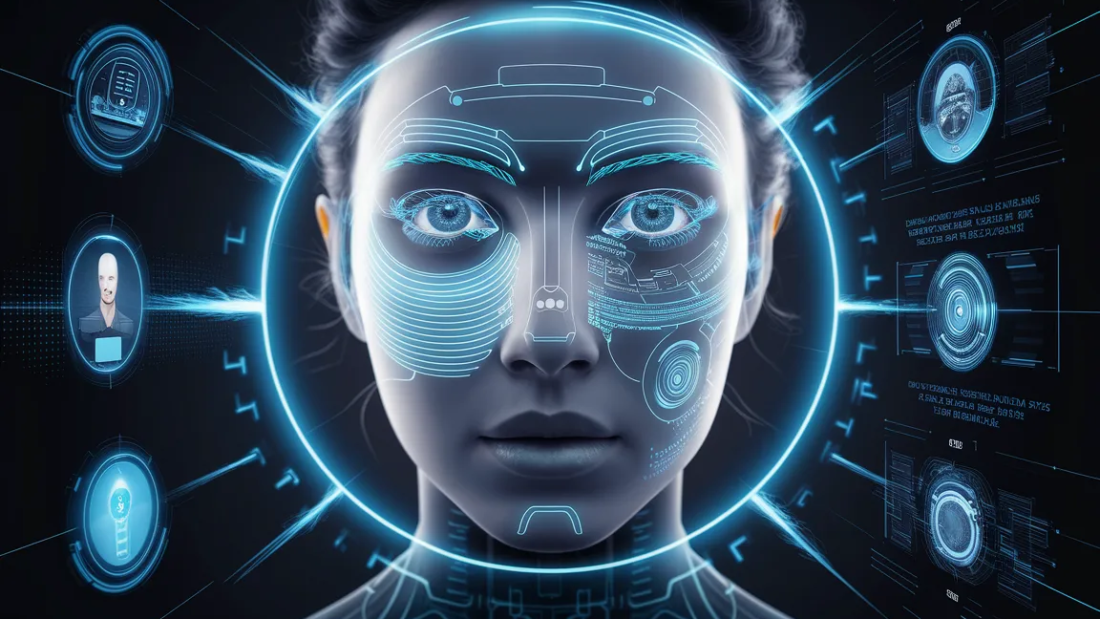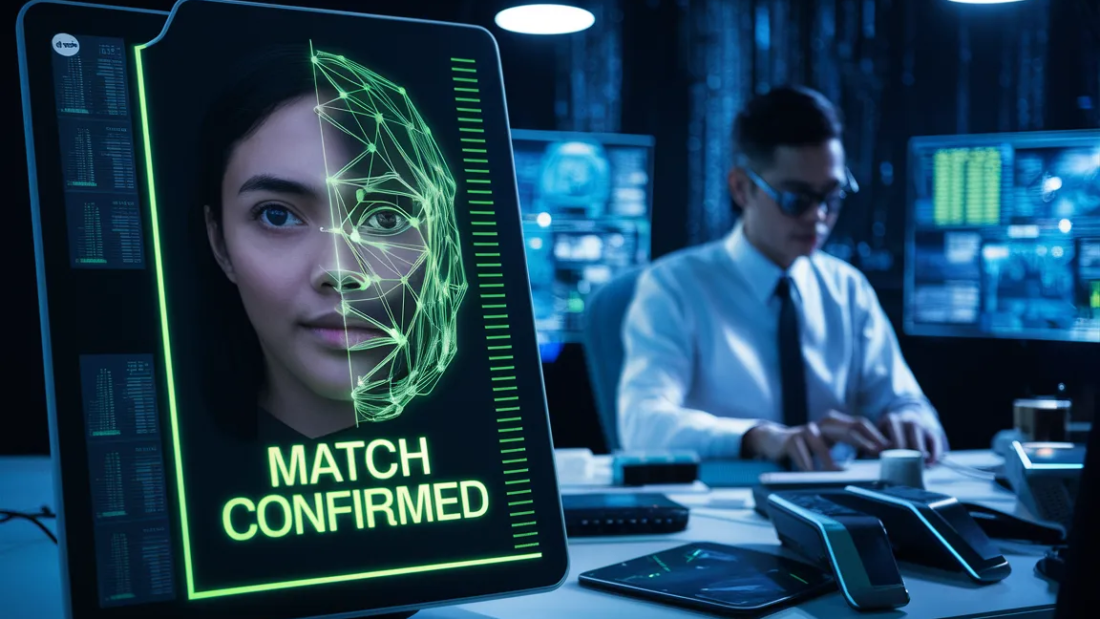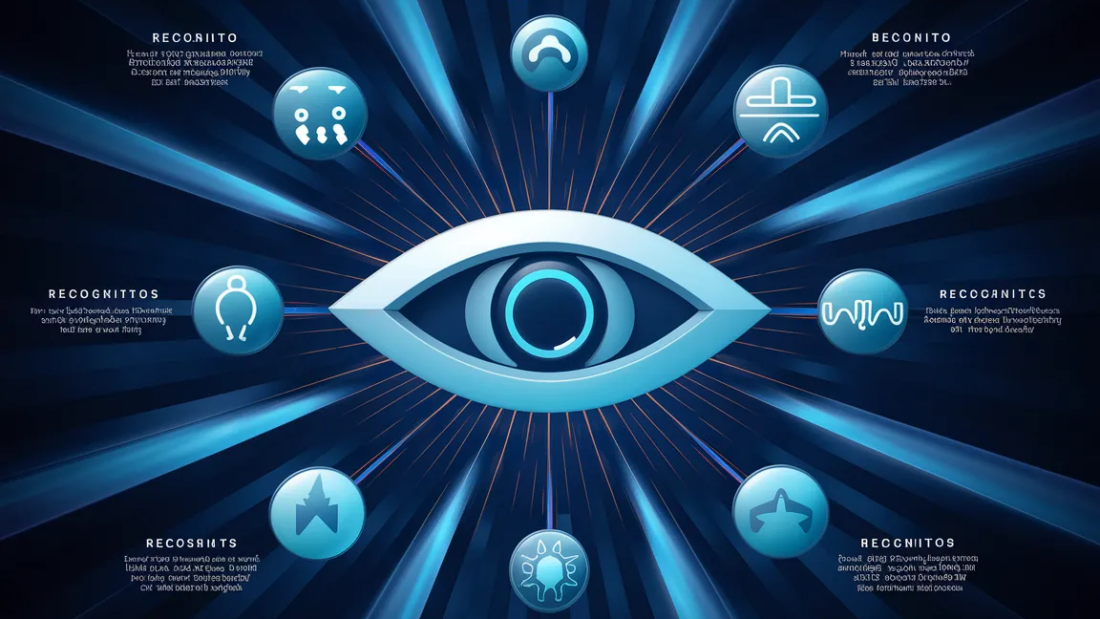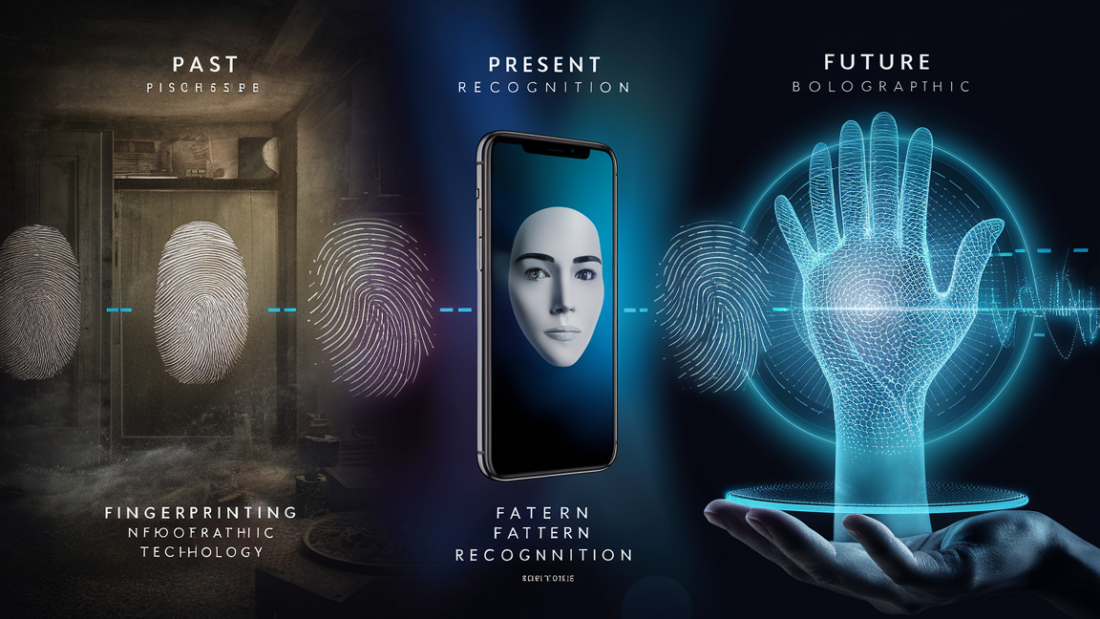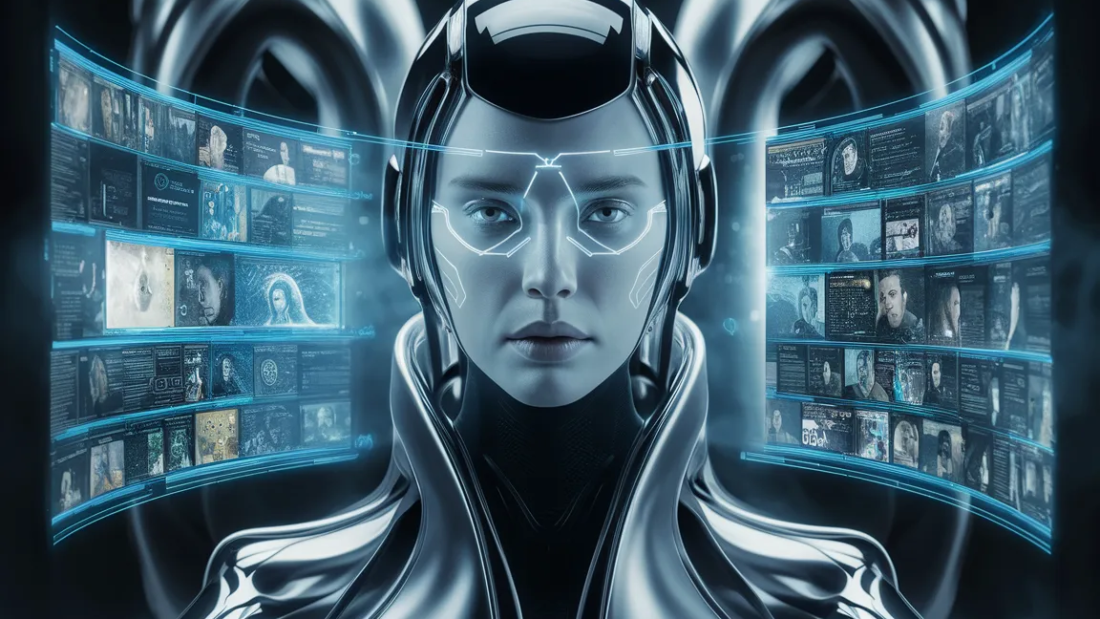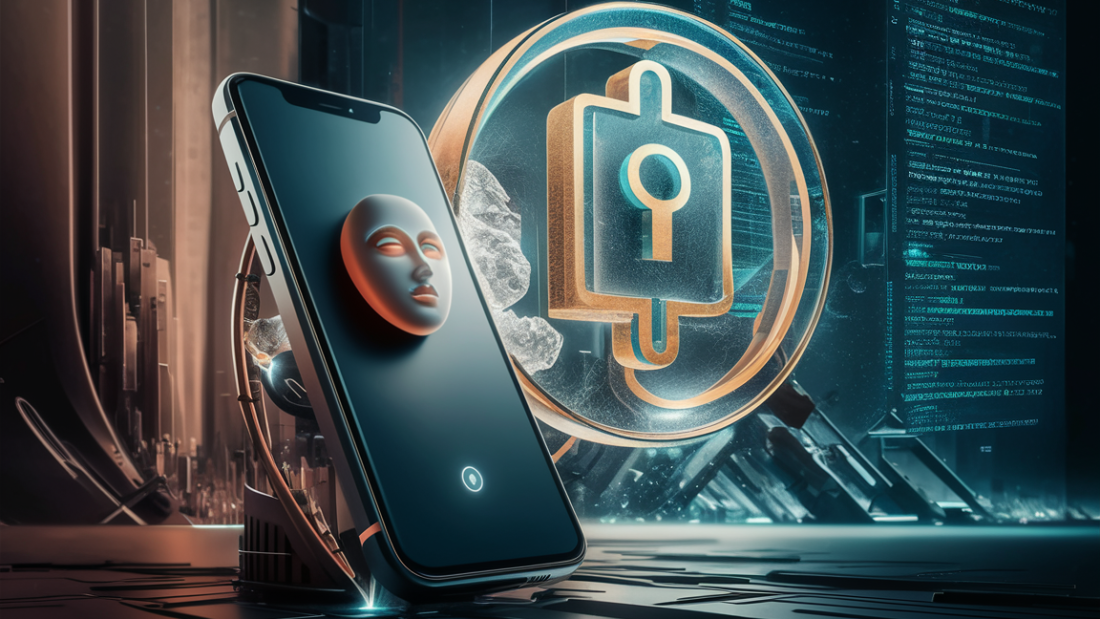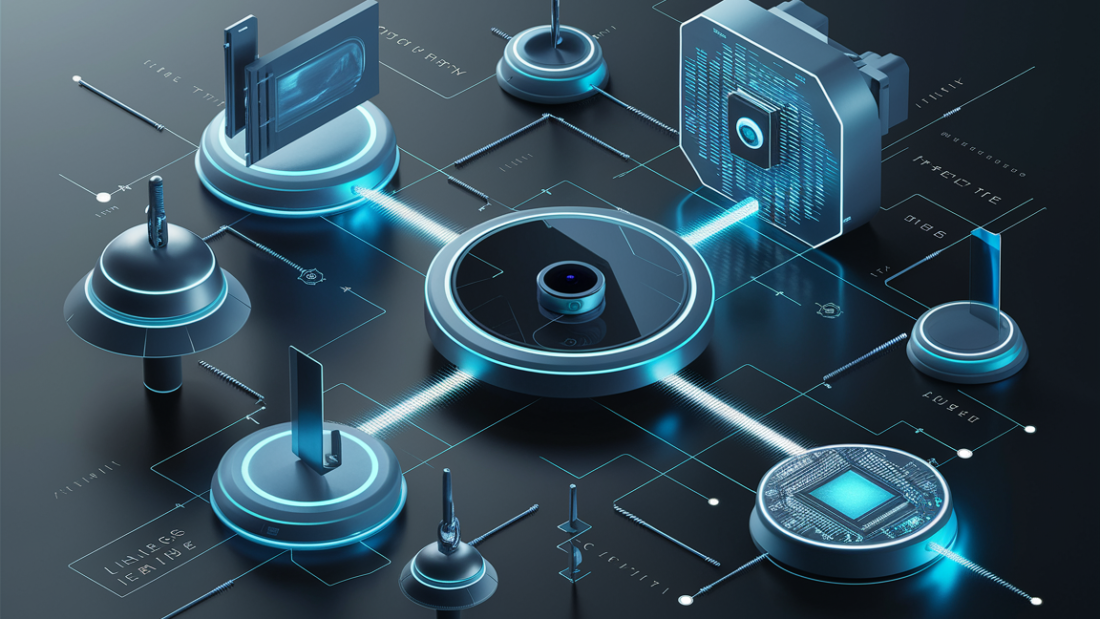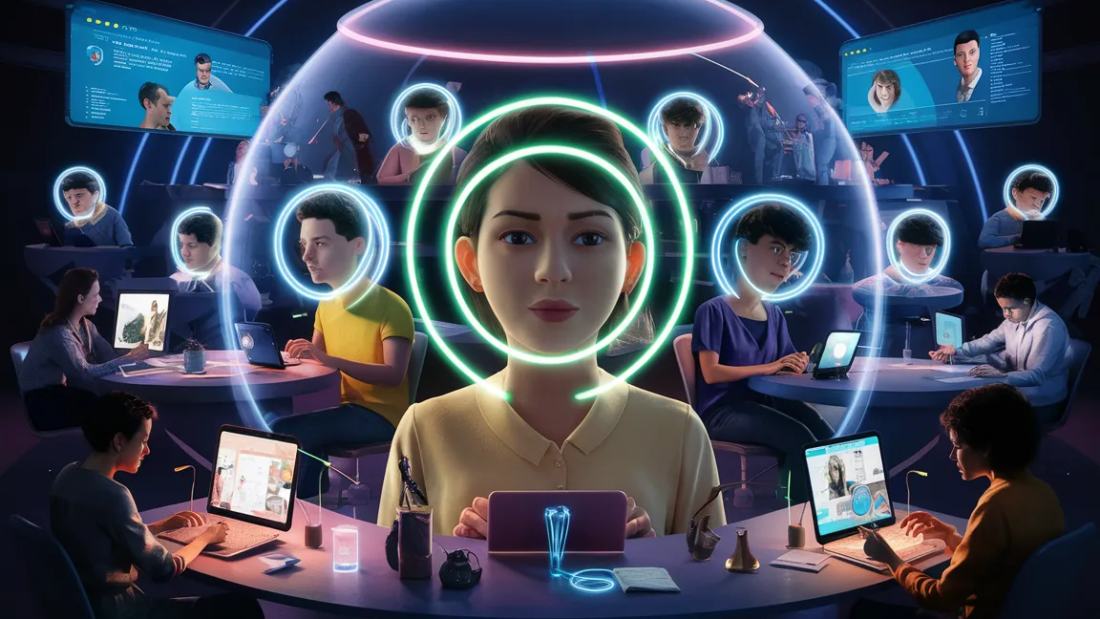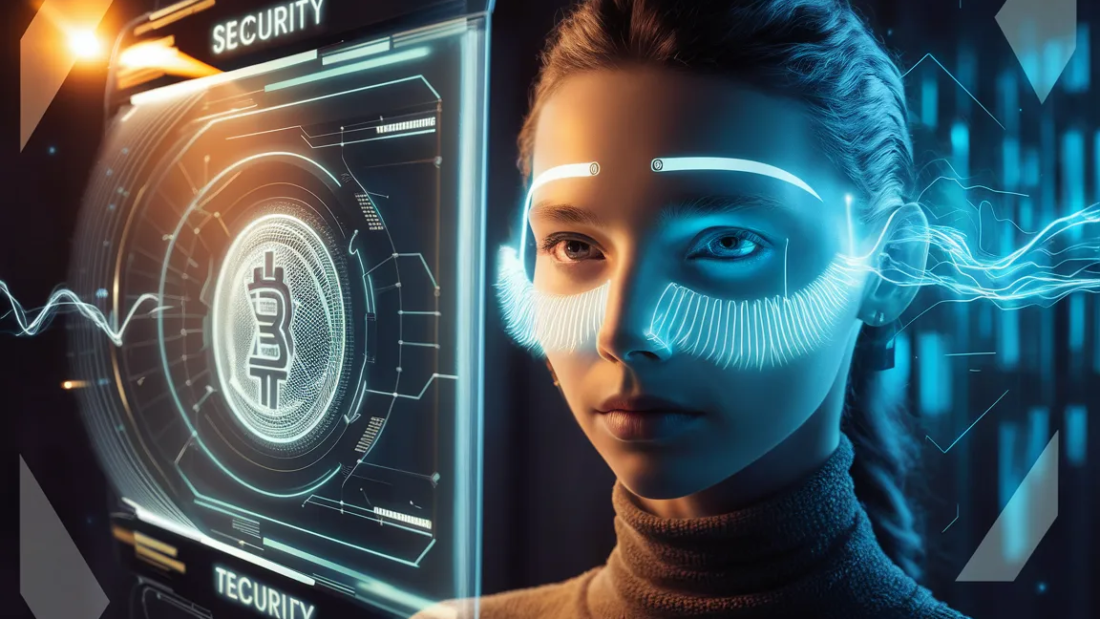Facial recognition technology has revolutionized security measures, making access control more efficient and seamless. While enhancing convenience, it also raises concerns about privacy invasion, cybersecurity, surveillance, and data security breaches. Understanding the nuances of this technology is crucial in navigating its implications on personal privacy and security.
Key Takeaways
Protect Your Privacy: Be cautious about where and how your facial data is being used to prevent potential privacy breaches.
Stay Informed: Educate yourself about the biases and accuracy limitations of facial recognition technology to make informed decisions.
Know Your Rights: Familiarize yourself with your rights regarding facial recognition technology usage to assert control over your data.
Manage Your Data: Take proactive steps to control the dissemination of your facial data and limit its exposure.
Explore Potential Benefits: Consider the positive impacts of facial recognition technology in enhancing security and convenience.
Advocate for Regulations: Support the implementation of regulatory measures to ensure responsible and ethical use of facial recognition technology.
Explaining Facial Recognition
Definition
Facial recognition technology utilizes facial recognition algorithms for face detection to identify or verify a person from face images in a digital image or video frame. It analyzes unique facial features for identification.
Facial recognition systems work by capturing facial images with cameras, converting them into digital data, and comparing them against a database of known faces. The system then matches specific facial features to make an identification.
Functionality
These systems use face detection techniques with cameras and recognition software to locate and extract facial data, including emotion recognition, from images or videos. They then map key facial features such as the distance between eyes, nose shape, and jawline to create a unique faceprint.
Once the system creates a faceprint, it compares it with existing faceprints in its database using recognition algorithms. If a match is found through automated facial recognition, face detection, or facial recognition system, the individual’s identity is confirmed.
Applications in Daily Life
Security: Facial recognition is widely used in security systems for access control, surveillance, and authentication. Airports, banks, and smartphones often employ this technology for secure access.
Personalization: Companies use facial recognition for personalized services like targeted advertising based on age and gender demographics captured through cameras.
Emotion Recognition: Some applications can analyze facial expressions to detect emotions, aiding in market research or improving customer service interactions.
Law Enforcement: Police departments use facial recognition to identify suspects from surveillance footage or public databases, aiding in criminal investigations.
Privacy and Data Concerns
Risks Associated
Facerasial recognition technology poses significant privacy risks due to its ability to track individuals without their consent. This technology can lead to the unauthorized collection of personal data, raising concerns about cybersecurity and surveillance.
Moreover, the potential for misuse of facial data is a pressing issue. Unauthorized access to this information can result in identity theft and other forms of cybercrime. Criminals could exploit facial recognition systems to gain access to sensitive personal information by using face id data.
Surveillance Concerns
The widespread use of facial recognition systems raises serious concerns about surveillance of people’s faces and invasion of privacy. Law enforcement agencies, such as police departments, utilize this technology for various purposes, including identifying suspects. However, the indiscriminate use of facial recognition can infringe on individuals’ rights to privacy.
Furthermore, the deployment of facial recognition systems in public spaces and on social media platforms has sparked debates about the extent of surveillance. The lack of clear regulations regarding the use of this technology heightens concerns about data protection and security.
Bias and Accuracy Issues
Bias
Facial recognition algorithms can exhibit bias due to the lack of diverse datasets of faces during their training phase. This bias often leads to inaccurate identifications, especially for individuals with darker skin tones. Such algorithms have been found to be more prone to errors when analyzing faces of people of color.
Implications
The accuracy rate of facial recognition systems is crucial for various applications, including law enforcement and security. Inaccuracies in these systems can result in serious consequences, such as false arrests. When errors occur, innocent individuals may face wrongful accusations by police, highlighting the significant impact of inaccurate facial recognition technology on people’s lives.
Examples
Studies have shown that facial recognition algorithms tend to have lower accuracy rates when identifying individuals from specific demographics, particularly those with darker skin tones or different facial features. For instance, research has indicated that some algorithms are less accurate in recognizing women and people of color compared to white males. This disparity underscores the issue of bias in facial recognition technology, face id systems, police, and its potential negative effects on certain groups within society.
Knowing Your Rights
Civil Rights
Citizens have civil rights that protect them from unlawful use of facial recognition technology by law enforcement. These rights ensure fair treatment and privacy.
Legal Protections
There are laws in place to regulate the use of facial recognition by police stations and law enforcement agencies. Americans have the right to challenge any misuse of this facial recognition system.
Protecting Personal Data
Individuals must be aware of their human rights when it comes to facial recognition systems. It’s crucial to safeguard personal information from unauthorized access.
Gender Recognition
Facial recognition systems may have biases, especially concerning gender identification. Citizens should check for any inaccuracies or misinterpretations.
Time Limitations
In the United States, there are limitations on how long data collected through facial recognition systems can be stored. This protects individuals’ rights and privacy.
Controlling Your Data
Managing Privacy
To control the use of your facial data, it’s crucial to manage privacy settings on devices with facial recognition. Ensure that only authorized applications, services, and facial recognition systems have access to your biometric information.
When using devices like smartphones or laptops with facial recognition capabilities, regularly review and update the privacy settings. Restrict access to your facial data by disabling unnecessary face recognition features and permissions.
Consent in Sharing
Consent is key when it comes to sharing facial data. Always authorize the use of your biometric information, including facial recognition systems, before allowing any application or service to access it. Be cautious about granting permission to avoid unauthorized access.
When sharing biometric data, ensure that the recipient is trustworthy and has a legitimate reason for accessing your information, especially when using facial recognition systems like face id. Avoid providing sensitive facial data to unreliable sources or unknown entities.
Importance of Security
Protecting your biometric data, such as facial recognition systems, face recognition, and Face ID, is essential in today’s digital age. Unauthorized access to your facial information can lead to identity theft, fraud, or other malicious activities. Safeguard your biometric details as securely as you would protect other personal information.
Consider utilizing secure platforms and encrypted databases for storing your facial data. Implement strong passwords, two-factor authentication, and regular software updates to enhance the security of devices that store your biometric information.
Safeguarding Banking Information
With the rise of facial recognition technology in banking services, it’s vital to safeguard your face and ID data. Be cautious when using facial recognition for banking transactions and ensure that the platform complies with strict security protocols.
Avoid storing sensitive banking details on devices with facial recognition systems unless necessary. Regularly monitor account activities and report any suspicious transactions promptly to prevent unauthorized access or fraudulent activities.
Potential Benefits
Security Enhancement
Facial recognition technology enhances security measures by accurately identifying individuals, reducing the risk of unauthorized access. This technology provides an additional layer of protection in sensitive areas such as airports and government facilities with face recognition systems.
Efficiency Improvement
Facial recognition increases operational efficiency by automating processes that traditionally required manual intervention. For instance, in airports, face recognition systems expedites passenger verification, leading to shorter queues and faster check-ins.
Industry Integration
Various industries, including banking and healthcare, are adopting facial recognition for enhanced customer service and security. In banking, facial recognition systems verify identities during online transactions, reducing fraud risks.
Personalized Experiences
Facial recognition systems, like face id, enable businesses to offer personalized experiences to customers. For example, retail stores can use this technology to analyze customer demographics and preferences, allowing them to tailor marketing strategies accordingly.
Improved Safety Measures
In educational institutions, facial recognition systems can bolster safety measures by monitoring entry points and identifying unauthorized individuals on campus. This ensures a secure environment for students and staff.
Regulatory Measures
Government Agencies
Government agencies play a crucial role in monitoring and regulating the use of facial recognition technology. In the United States, the Federal Trade Commission (FTC) oversees how companies utilize face recognition technology and face id system to ensure consumer protection and privacy.
Federal Law
Under existing federal law, there are limited regulations specifically addressing facial recognition. The lack of comprehensive legislation has raised concerns about the potential misuse of this technology system by both public and private entities, especially in face recognition and face ID.
European Commission
The European Commission has taken a proactive stance on facial recognition regulation through the General Data Protection Regulation (GDPR). This framework aims to safeguard individuals’ privacy rights by imposing strict guidelines on data processing, including biometric information such as face recognition.
Stricter Regulations
With the increasing adoption of facial recognition system, including face ID, across various sectors, there is a growing call for stricter regulations to mitigate privacy risks. The lack of standardized protocols for data collection and storage poses significant challenges in ensuring user confidentiality.
Privacy Concerns
Privacy concerns surrounding facial recognition stem from its potential misuse, such as unauthorized surveillance and data breaches. The intrusive nature of this technology raises ethical questions about individual autonomy and consent.
Pros:
Enhanced security measures in public spaces.
Streamlined identification processes for law enforcement agencies.
Cons:
Potential infringement on civil liberties.
Risks associated with false positives leading to wrongful arrests.
Future of Facial Recognition
Advancements in Technology
Facial recognition technology, focusing on face, is poised to make significant strides in the coming years. With the rapid development of automated facial recognition and computer vision, the accuracy and efficiency of face recognition systems are expected to improve drastically. These advancements will be driven by the integration of artificial intelligence and machine learning algorithms, enhancing the capabilities of biometric technology.
The future holds promising innovations in faceprint technology, which involves capturing unique facial features for identification purposes. This method, along with liveness detection techniques, will contribute to more secure and reliable biometric identification processes. Moreover, the incorporation of advanced sensors like the truedepth camera and infrared imaging, such as face ID, will enhance the accuracy of facial recognition systems.
Applications and Integration
In the near future, we can expect to see widespread adoption of facial recognition across various sectors. From unlocking smartphones using Face ID data to securing sensitive information through biometric authentication, the applications of this technology are vast. Industries such as law enforcement and security are likely to leverage facial recognition, including face id, for enhanced surveillance capabilities.
The integration of facial recognition with surveillance cameras will enable real-time tracking and monitoring, aiding in crime prevention and public safety efforts. Moreover, advancements in camera technology will lead to more efficient data collection and analysis, further improving the overall performance of facial recognition systems.
Ethical Considerations
As facial recognition technology, face ethical considerations surrounding privacy and data protection have come to the forefront. The use of facial recognition in public spaces raises concerns about individual rights and surveillance practices. Striking a balance between security needs and personal privacy remains a key challenge for policymakers and technologists alike.
Moreover, issues related to bias and discrimination in facial recognition algorithms have sparked debates on accountability and transparency. Ensuring fairness in algorithmic decision-making processes is crucial to prevent unintended consequences and uphold ethical standards in the deployment of facial recognition technology.
Closing Thoughts
Facial recognition technology, including face ID, brings convenience but also raises significant privacy and bias concerns. Knowing your rights and taking control of your data are crucial steps in navigating this evolving landscape. By understanding the benefits and challenges, you can make informed decisions about its use.
As regulations catch up with technological advancements, staying informed and advocating for transparent practices is essential. The future of facial recognition hinges on responsible implementation and oversight. Your awareness and actions can shape how face recognition technology impacts society. Stay vigilant, protect your privacy, and engage in discussions to ensure ethical use of facial recognition technology.
Frequently Asked Questions
What is Facial Recognition?
Facial recognition is a technology that identifies or verifies a person’s face from a digital image or video frame. It analyzes facial features to match against stored data, often used for security and authentication purposes.
Is Facial Recognition Secure?
Facial recognition can be secure when implemented correctly with strong encryption and data protection measures. However, concerns exist regarding potential privacy breaches, unauthorized access to sensitive biometric information, and face recognition.
How Accurate is Facial Recognition Technology?
The accuracy of facial recognition technology varies but has significantly improved in recent years. Factors like lighting conditions, image quality, and algorithm quality can influence accuracy levels, making continuous advancements crucial for reliable results.
What Rights Do Individuals Have Regarding Facial Recognition Data?
Individuals have rights to know how their facial recognition data, including face, is collected, stored, and used. Legal frameworks such as the GDPR provide guidelines for data protection and transparency, empowering individuals to control their biometric information.
How Can Individuals Control Their Facial Recognition Data?
Individuals can control their facial recognition data by being cautious about sharing images online, using privacy settings on social media platforms, limiting exposure to surveillance cameras, and advocating for transparent data practices from organizations utilizing this technology.
